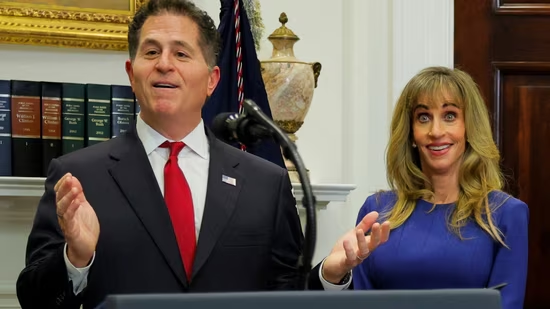Fed connects tariffs to reduced economic activity
- Alexangel Ventura

- Jun 6
- 2 min read
The Federal Reserve connected declining economic activity to tariffs in its latest report.

In the updated Fed Beige Book, the term "tariff" appears the most, suggesting that recent changes to economic activity have been largely fueled by the implementation of tariff policies.
The book, in its national report, cites concerns regarding economic activity. The book stated, "Reports across the twelve Federal Reserve Districts indicate that economic activity has declined slightly since the previous report. Half of the Districts reported slight to moderate declines in activity, three Districts reported no change, and three Districts reported slight growth. All Districts reported elevated levels of economic and policy uncertainty, which have led to hesitancy and a cautious approach to business and household decisions. Manufacturing activity declined slightly..."
However, economic activity was not the only bad statistic in the book. The Beige Book also highlighted rising prices nationally. "Prices have increased at a moderate pace since the previous report. There were widespread reports of contacts expecting costs and prices to rise at a faster rate going forward. A few Districts described these expected cost increases as strong, significant, or substantial. All District reports indicated that higher tariff rates were putting upward pressure on costs and prices. How ever, contacts’ responses to these higher costs varied, including increasing prices on affected items, increasing prices on all items, reducing profit margins, and adding temporary fees or surcharges. Contacts that plan to pass along tariff-related costs expect to do so within three months.
But, the only moderately beneficial fact raised by the book is the job market, which showed promising signs of growth-stagnation in the time period between now and the last report. It noted, "Employment has been little changed since the previous report. Most Districts described employment as flat, three Districts reported slight-to-modest increases, and two Districts reported slight declines. Many Districts reported lower employee turnover rates and more applicants for open positions. Comments about uncertainty delaying hiring were widespread. All Districts described lower labor demand, citing declining hours worked and overtime, hiring pauses, and staff reduction plans. Some Districts reported layoffs in certain sectors, but these layoffs were not pervasive. Two Districts noted that, for many of their contacts, hiring plans had not changed since the start of the year. Wages continued to grow at a modest pace, although many Districts reported a general easing in wage pressures. A few Districts indicated that higher costs of living continued to put upward pressure on wages."

These results, although negative, are not at all surprising from the Fed. Jerome Powell and other Fed leaders criticized the Trump administration for the quick implementation of tariffs, threatening higher inflation rates and higher interest rates. They also relate to data that we know - the May job report and the most recent CPI report show a decent job market and also stagnant inflation that is beginning to halt.
The Fed has remained resilient in their position regarding rates: keep them high. Them and the Trump admin. got into contention on Friday over rate cuts.









